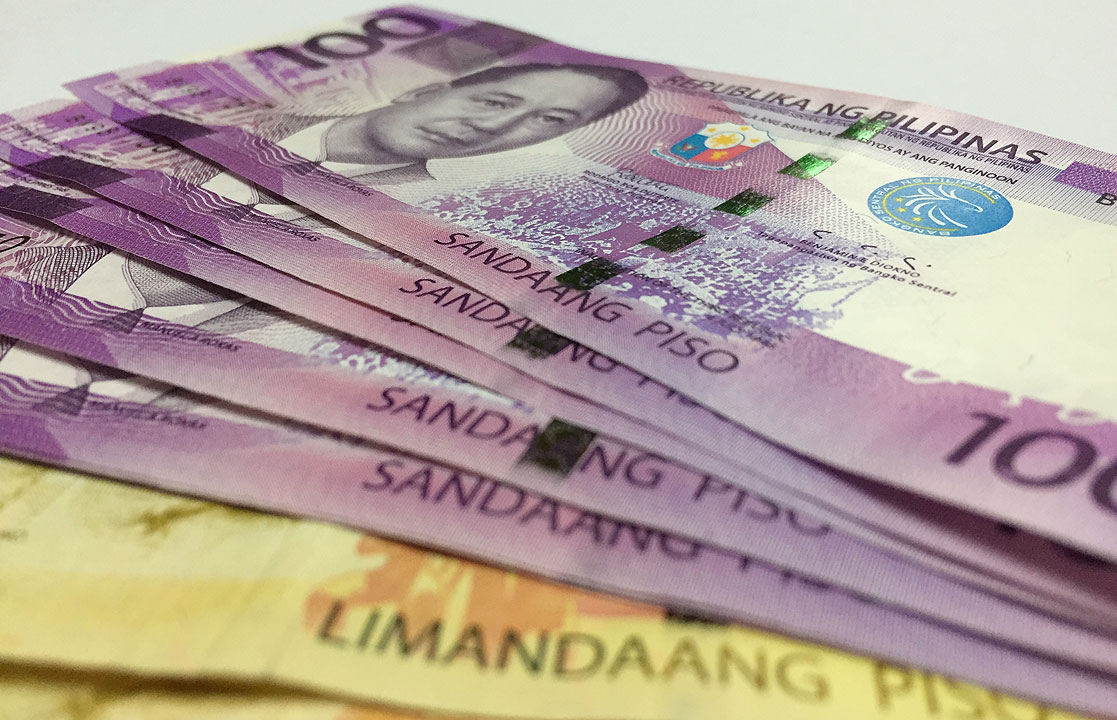PESO could strengthen against the greenback this week due to a likely improvement in manufacturing data.
Local unit closed at P50.65 per dollar on Friday, 31 centavos lower from P50.34 on Thursday, based on data from the Philippine Bankers Association.
It also lost 70 centavos from its close of 49.95 pesos to the dollar a week earlier.
Peso Friday Finish was its weakest in almost 16 months or since May 28, 2020 when it closed at P50.69 on the dollar.
The peso depreciated against the greenback after the central bank further raised its inflation forecast for the year, said UnionBank of the Philippines, Inc. chief economist Ruben Carlo O. Asuncion in an email.
The Bangko Sentral ng Pilipinas (BSP) on Thursday kept rates stable to support the recovery, but warned that inflation would likely remain high this year due to low supply caused by the African swine fever outbreak and the impact weather disturbances.
The central bank is now counting on 2021 inflto accelerate further beyond its target of 2-4% to 4.4% against 4.1% previously. He said September inflInflation could reach around 5% before returning to within the target by November.
In August, headline inflation reached 4.9% from 4% in July, marking its fastest pace since 5.1% in December 2018. This brought the average toflation for the Fifirst eight months of 2021 at 4.4%.
Concerns over the debt situation of China’s Evergrande group were also a major factor affecting peso-dollar trading during the week, Rizal Commercial Banking Corp’s chief economist said. Michael L. Ricafort in a text message.
Evergrande, China’s second-largest developer and a key player in the country’s real estate boom, faces debts worth more than $ 300 billion. This is equivalent to 2% of China’s gross domestic product.
The developer has left several of his projects unFiended up in the midst of a cash shortage, which caused buyers to worry about their properties. The FiRm’s main unit said on Wednesday it would pay a coupon on its national bonds on september 23, easing market concerns.
The BSP said on Thursday that local banks had minimal exposure to China, citing claims from counterparties based in the country and its special administrative regions made up only 0.86% of total banking system assets.
This week, Mr. Ricafort said that the peso-dollar negotiation will be affby market sentiment on upcoming manufacturing data.
IHS Markit will release the country’s September Manufacturing Purchasing Managers (PMI) Index on October 1.
The PMI reading fell to 46.4 in August from 50.4 in July, indicating that factory activity was below the 50 mark that separates expansion from contraction. This was attributed to the two-week lockdown last month that temporarily shut down operations at the plant.
At the same time, Asuncion said the market will continue to monitor developments related to Evergrande and its implications for China and other economies, which could then affect currency trading.
Finance Secretary Carlos G. Dominguez III said last week that his ministry was assessing whether any of the Chinese contractors involved in the government’s infrastructure program would be a negativeffby the situation of Evergrande.
For this week, Mr. Asuncion gave a forecast range of P50.00 to P50.50, while Mr. Ricafort expects the local unit to move between P50.25 and P50.75 per dollar. – Luz Wendy T. Noble

